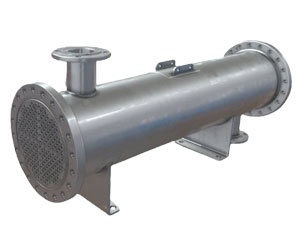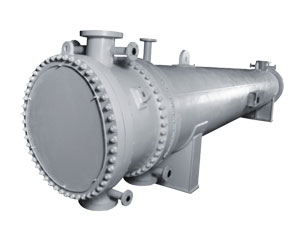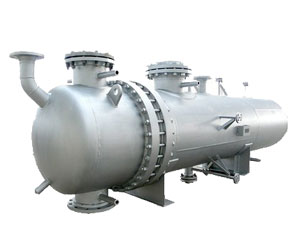HEAT EXCHANGERS

HEAT EXCHANGERS
WHY DO WE NEED TO USE HEAT EXCHANGERS?
Heat exchangers are generally utilized in a variety of plant processes to move energy starting with one liquid or gas then onto the next without blending the two substances. As integral parts of comfort and process heating and cooling applications, they do, as a rule, perform productively and easily for quite a long time.
However, since they are portions of bigger systems, they are regularly installed and forgotten, leading to problems down off or not exactly ideal execution. A little information about heat exchangers and how they work can help with planting engineers settle on better decisions and install and maintain with these devices all the more appropriately and cost effectively.
SPIRAL HEAT EXCHANGERS
A spiral heat exchanger is built by moving two moderately long metal strips around a mandrel to frame two concentric twisting channels. The channels are then again welded on furthest edges to frame a hot and cold channel.
Welding the channels wipes out the potential for any cross-defilement of liquids and is similar to a welded cylinder to tube-sheet joint in a shell-and-cylinder heat exchanger. On one side, the hot liquid enters the centre nozzle of the hot cover and streams in a winding outward to a spout on a fringe header.
The chilly liquid at the same time enters a fringe header and streams counter current to the hot liquid to the middle spout on the virus side cover. Removable cover heads with full-face gaskets are utilized to seal the open finish of the channels and prevent bypassing of a particular liquid from the fringe header to the middle spouts.
The heads are effectively eliminated to permit admittance to all heat move surfaces. The counter current mono-channels give outstandingly high convective warmth move coefficients because of the great choppiness and auxiliary stream impact.
The mono-channel likewise limits the potential for fouling to happen on the grounds that any development in the channel results in an expansion in neighbourhood speed by then, an activity that keeps an eye on flush the store away. At the point when a spiral heat exchanger requires cleaning, all heat transfer surfaces are readily accessible by straightforward eliminating the heads.
PLATE HEAT EXCHANGERS
The plate heat exchanger consists of a progression of thin, corrugated alloy plates, which are gasket and compacted together inside a carbon steel outline. When compressed, the plate pack shapes a game plan of equal stream channels.
The two liquids (hot and cold) stream counter current to one another in substitute channels. Each plate is fitted with a gasket to coordinate the stream, seal the unit, and prevent liquid intermixing. Plate heat exchangers are habitually found in a wide range of heating and cooling applications in the chemical, petrochemical, oil, mash and paper, and pharmaceutical industries, just as in numerous wastewater treatment applications.





